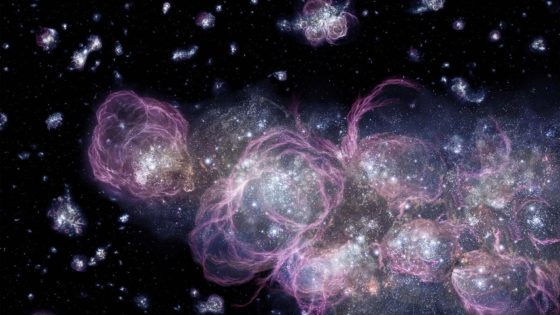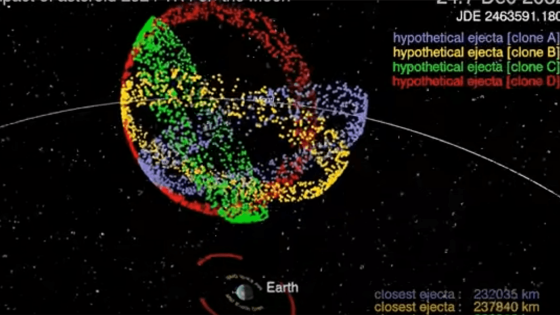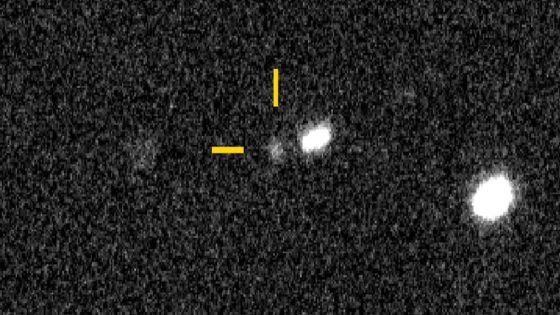The concept of cosmic inflation has long fascinated scientists, explaining how our universe expanded rapidly after the Big Bang. However, the theory, which has been a cornerstone of cosmology for decades, is not without its flaws. On 2025-07-21 20:05:00, a new proposal emerged from Raúl Jiménez at the University of Barcelona, aiming to simplify our understanding of the universe’s early dynamics.
- Cosmic inflation explains universe's rapid expansion.
- New theory eliminates adjustable parameters.
- De Sitter space replaces traditional inflation model.
- Falsifiable theories reveal what doesn't work.
- Cosmology faces challenges with current models.
- Exciting developments mark a golden age in cosmology.
This alternative model seeks to eliminate the numerous adjustable parameters that complicate traditional inflationary theory. Instead, it posits that the early universe existed in a flat vacuum state, governed by general relativity, and that gravitational waves seeded the formation of galaxies. Could this new approach provide a more elegant solution to understanding cosmic evolution?
This innovative theory raises questions about the nature of cosmic inflation. Is it possible that a simpler model could yield more accurate predictions? Consider the following points:
- The new model eliminates the inflaton, a controversial component of traditional inflationary theory.
- It relies on established principles of quantum mechanics and general relativity.
- The theory is designed to be fully falsifiable, allowing for rigorous testing against observational data.
As we explore these groundbreaking ideas, the scientific community remains optimistic. Will this new model hold up under scrutiny? Only time will tell, but it certainly promises to ignite further exploration into the mysteries of our universe.

































